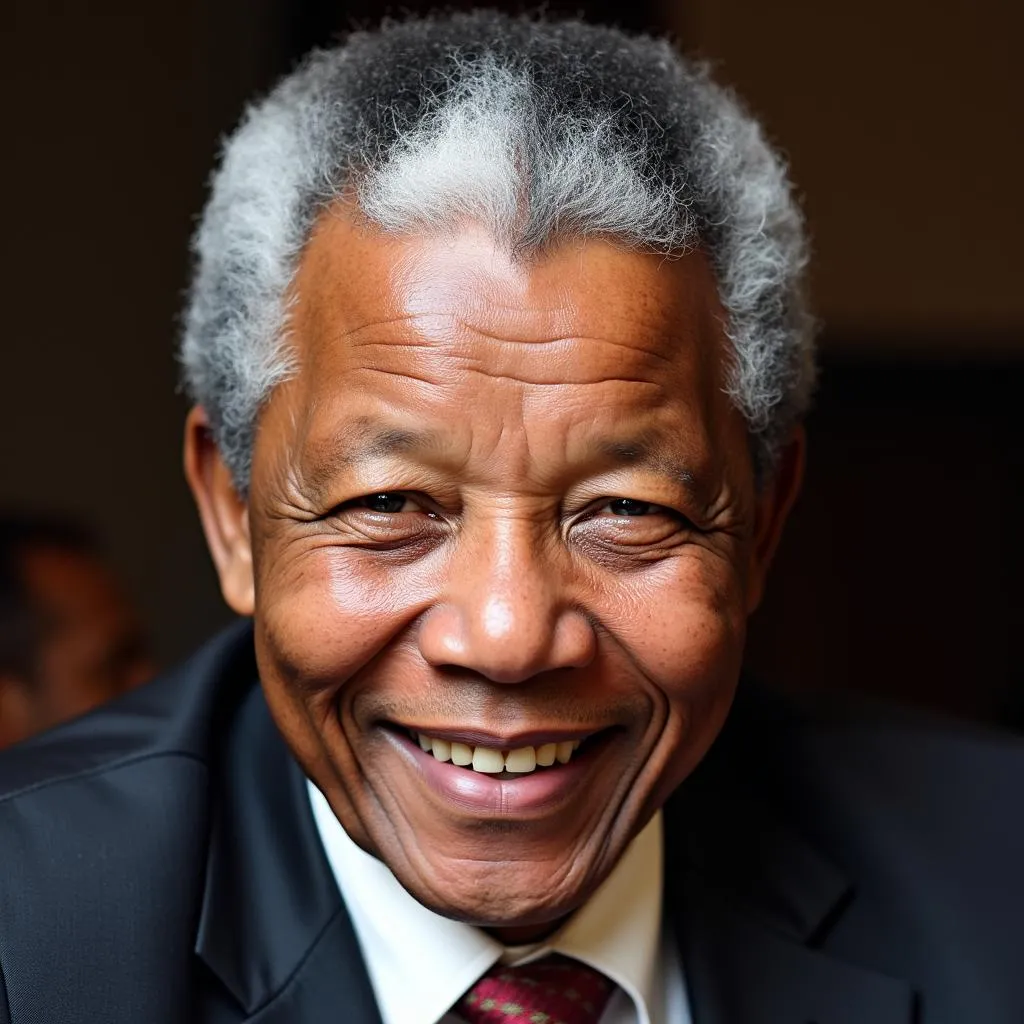African Countries and the Non-Aligned Movement: A History of Solidarity
The history of the Non-Aligned Movement (NAM) is intricately woven with the struggles and triumphs of African countries fighting for independence and autonomy on the world stage. This exploration delves into the significant role African nations played in shaping the NAM and how this movement impacted the continent’s political landscape during a period of immense global change.
The Genesis of Non-Alignment: Echoes of Anti-Colonialism
The seeds of the Non-Aligned Movement were sown during a period when many African nations were breaking free from the shackles of colonialism. This era, marked by the dismantling of European empires, witnessed a surge in newly independent nations eager to assert their sovereignty and chart their own course in international affairs. The Bandung Conference of 1955, often considered the precursor to the NAM, saw leaders from across Asia and Africa, including Kwame Nkrumah of Ghana, Gamal Abdel Nasser of Egypt, and Jawaharlal Nehru of India, come together to denounce colonialism, racism, and the looming threat of Cold War polarization.
This landmark conference emphasized the importance of peaceful coexistence, respect for national sovereignty, and international cooperation – principles that would become cornerstones of the Non-Aligned Movement.
The Birth of a Movement: Belgrade and the Formalization of NAM
In 1961, against the backdrop of escalating Cold War tensions, the inaugural summit of the Non-Aligned Movement took place in Belgrade, Yugoslavia. This pivotal event brought together 25 member states, a significant number of which were newly independent African nations. The Belgrade Declaration, a defining document of the NAM, outlined the movement’s core principles:
- Non-alignment with major power blocs: Member states committed to maintaining independence in their foreign policy and refusing to align militarily or politically with either the Western or Eastern blocs.
- Support for national liberation movements: The NAM pledged solidarity with nations still under colonial rule and actively supported liberation struggles across the globe.
- Promotion of peace and disarmament: The movement advocated for disarmament, peaceful resolution of disputes, and a world free from the threat of nuclear war.
- Economic cooperation and development: Recognizing the economic disparities exacerbated by colonialism, the NAM sought to promote economic cooperation among developing nations and advocate for a more just international economic order.
Africa and the NAM: Shared Struggles, Collective Action
For African nations, the NAM offered a powerful platform to amplify their voices on the global stage. Freed from the constraints of colonial rule, they were determined to play an active role in shaping the international order. The movement provided a space for these nations to:
- Advocate for decolonization: Throughout the 1960s and 1970s, the NAM played a crucial role in supporting the liberation struggles in Angola, Mozambique, Guinea-Bissau, Zimbabwe, and Namibia. The movement provided moral, political, and material support to liberation movements, helping to accelerate the dismantling of colonialism in Africa.
- Challenge apartheid: The NAM was unwavering in its condemnation of the apartheid regime in South Africa. Member states implemented sanctions, boycotted South African goods, and provided support to the African National Congress (ANC) and other anti-apartheid movements. The NAM’s sustained pressure contributed significantly to the eventual dismantling of apartheid in 1994.
- Promote economic development: African nations actively participated in NAM initiatives aimed at restructuring the global economic system to be fairer and more equitable for developing countries. The movement called for reforms to international trade, finance, and technology transfer, advocating for greater economic justice and an end to neocolonial exploitation.
A Lasting Legacy: Non-Alignment in a Changing World
While the Cold War, which provided much of the initial impetus for the movement, has ended, the core principles of the NAM remain strikingly relevant in the 21st century. The pursuit of an equitable and multipolar world order, free from domination and characterized by cooperation, continues to resonate with many nations, particularly in the developing world.
However, the NAM has faced challenges in adapting to a rapidly changing global landscape. The rise of new global powers, the persistence of regional conflicts, and the emergence of transnational issues like climate change and terrorism have tested the movement’s unity and effectiveness.
The Future of Non-Alignment: Towards a More Just and Equitable World?
The Non-Aligned Movement stands at a crossroads, needing to reinvent itself to remain relevant in the 21st century. To maintain its relevance, the NAM must address contemporary global challenges, bridge internal divisions, and find innovative ways to amplify the voices of developing nations in an increasingly multipolar world.
Despite the challenges, the NAM’s legacy of anti-colonialism, solidarity, and the pursuit of a more just and equitable world continues to inspire. As we navigate a world grappling with complex and interconnected challenges, the principles of dialogue, cooperation, and mutual respect espoused by the movement offer a valuable roadmap for building a more peaceful and prosperous future for all.


